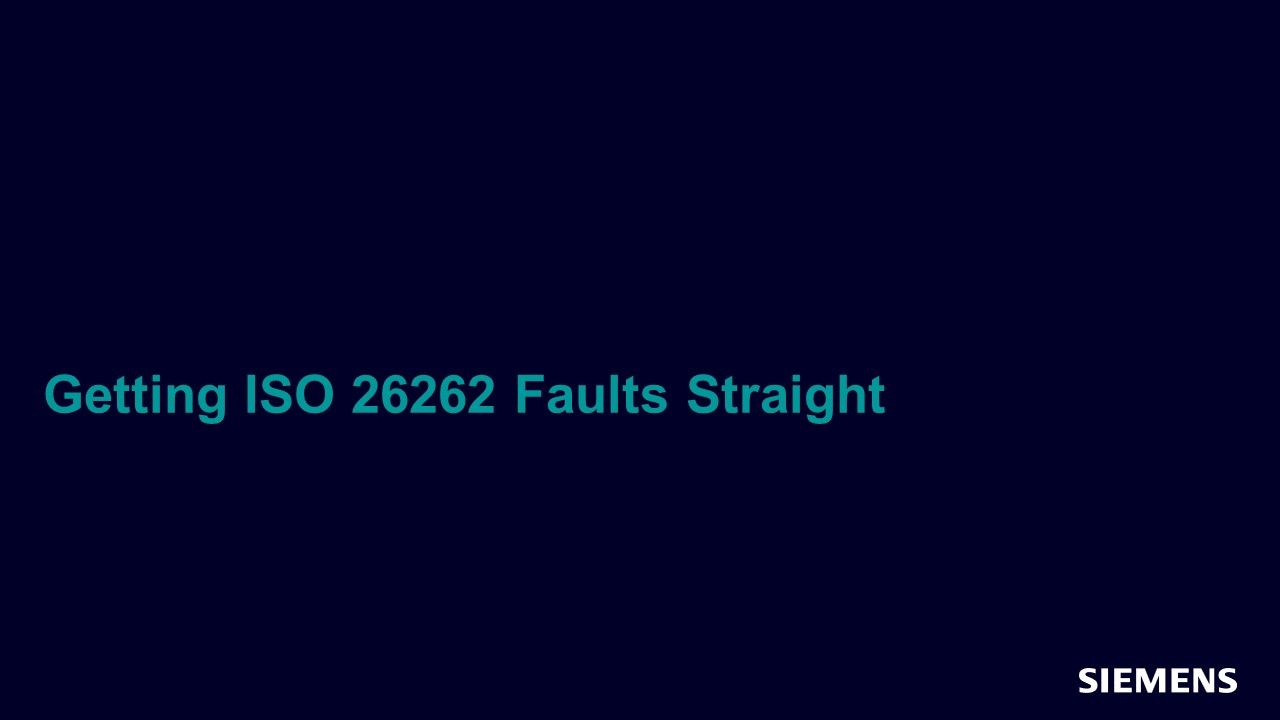Getting ISO 26262 Faults Straight
ISO 26262 for automotive requires that the impacts of random hardware faults on hardware used in vehicles are thoroughly analyzed and the risk of safety critical failures due to such faults is shown to be below a certain threshold.

Full-access members only
Register your account to view Getting ISO 26262 Faults Straight
Full-access members gain access to our free tools and training, including our full library of articles, recorded sessions, seminars, papers, learning tracks, in-depth verification cookbooks, and more.